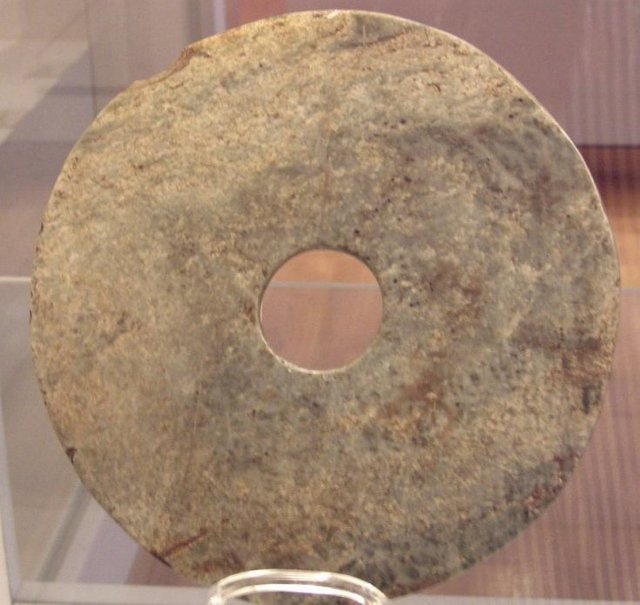9 MYSTERIES OF HISTORY THAT SCIENTISTS ARE STILL STUDYING ...
This time we have focused on mysteries that have arisen throughout history and have left all researchers baffled, wondering if current science would be able to solve them, or if there is some higher power at stake. Perhaps some of us may one day find the solution to all these mysteries, becoming famous scientists recognized for their discoveries. However, for the moment, the solution to all these equations has not been tested or understood ...
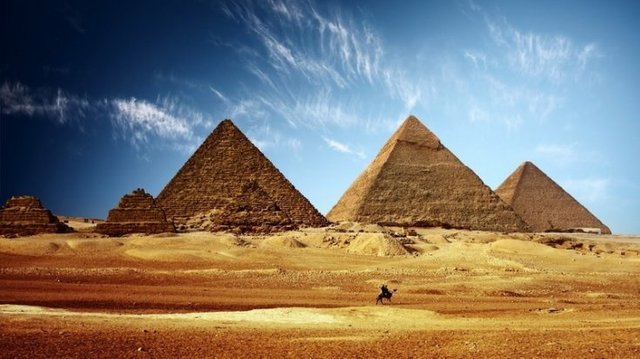
1. Pyramid in Antarctica?
It was allegedly discovered by the British Antarctic Expedition from 1910 to 1913. At that time, it was decided to keep it in strict secrecy, and it was renamed "The Pyramid", using that name in every geological survey of the area. For many years it was believed that this pyramid had been created by an extraterrestrial civilization or belonging to Atlantis. However, everything turned out to be quite different; It is believed that the structures found in the form of pyramids are actually mountains belonging to the Ellsworth mountain range, which has a length of more than 400 km. However, scientists remain baffled about their true origins.
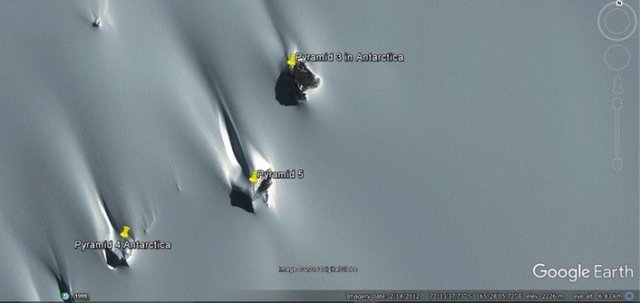
2. Festus record
Researchers have attempted to decipher the mysterious "Disc of Festus", made of clay and with an antiquity of 4,000 years, since it was discovered in 1908 on the Greek island of Crete. No one could translate the language inscribed on the disc, dating from 1700 BC and with notes of the Minoan civilization, until now. It is believed that the disc contains three key words: IQEKURJA (pregnant mother or goddess); IQE (mother or goddess); IQUEPAJE or IQE-PHAE (bright mother or goddess). It could be a prayer to a Minoan goddess, however, they are not entirely sure of its meaning.
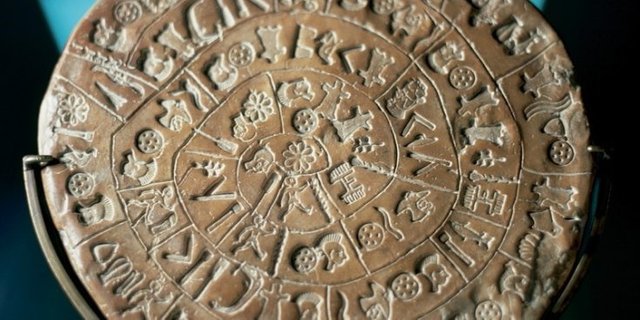
3. Beale Papers
More than a century ago, a small booklet entitled "The Papers of Beale" was published, containing three cipher texts. The mysterious codes supposedly offered directions to a treasure buried in a secret location in Bedford County, Va, in the 1820s. Cryptic texts began to capture the imagination and enthusiasm of avid cryptographers and treasure hunters ever since. However, despite numerous excavations and innumerable attempts to decipher the code, two of the three texts remain uncoded, so no treasure has been found.
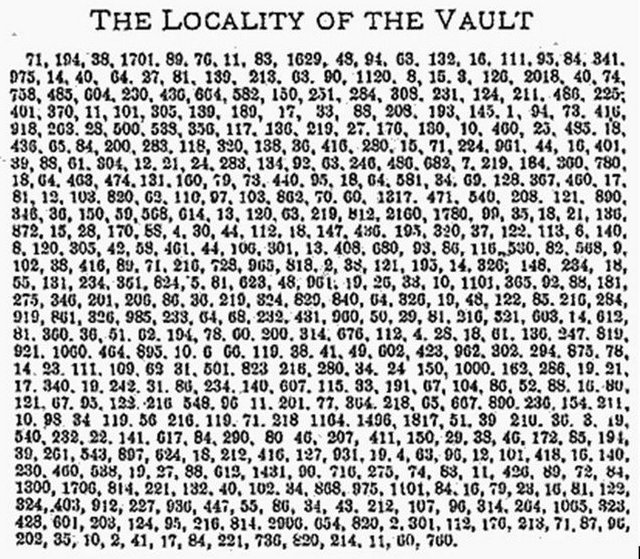
4. Roman Dodecahedra
The Roman dodecahedron is a small hollow object made of bronze or stone (more rarely), with a geometric shape that has twelve flat faces. Each face is a pentagon, a five-sided form. Roman dodecahedrons are also adorned with a series of knobs at the corners of each pentagon, and their faces contain circular holes in them. More than 200 years after its discovery, researchers are still far from understanding the origin and function of these mysterious objects ...
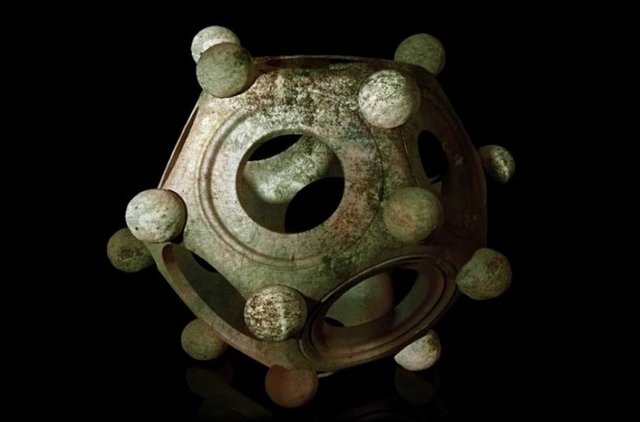
5. World map of Piri Reis
On October 9, 1929, a German theologian named Gustav Adolf Deissmann was cataloging articles in the library of Topkapi Palace in Istanbul when he ran into a parchment between some worn out material. The object, which was made of gazelle skin, was a map, now referred to as the map of Piri Reis. The map had been drawn and signed by the Turkish cartographer Hagji Ahmed Muhiddin Piri, alias Piri Reis, and dated from 1513 AD. Reis was an admiral of the Turkish navy, who claimed to have used 20 different maps to manufacture the Piri Reis, including 8 Ptolemaic maps, 4 Portuguese, an Arab map and a map of Christopher Columbus. Since its discovery, the map has provoked intrigue and controversy, mainly due to the presence of what appears to be the Antarctic 300 years of being discovered. Something more intriguing is that it seems to show the land mass before it was covered with ice, more than 6,000 years ago.
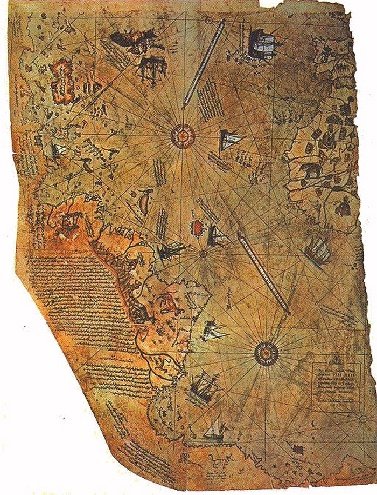
6. Prince Sabu Album
On the first floor of the Cairo Museum, there is a strange element, a round plate with three inflections, discovered in the tomb of Sabu, the son of Pharaoh Anedjib. This mysterious element, classified as "Oopart" (object out of place or misplaced), has a technological level that is superior to its determined age, according to the physical, chemical or geological evidence. In this case, the disk is dated to 3000-3100 BC, but the researchers do not seem to fit with its sophisticated design. It is incredibly thin, designed with a hollow hole in the center of the plate, similar to a three-blade propeller, suggesting that it could be placed on some axis. Although not perfectly symmetrical, it has three very similar curvatures at a 120 degree angle that grow from the disk.
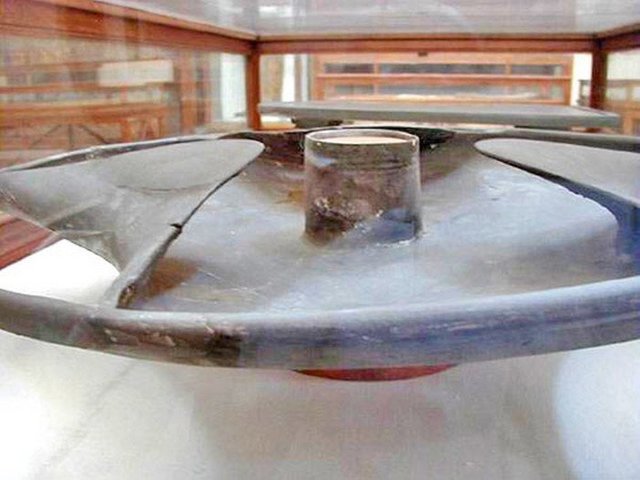
7. Nazca Lines
The Nazca lines are geoglyphs located in an arid coastal area of Peru covering approximately 450 square kilometers. Performed on the ground, they count by thousands, and represent both natural and imaginary creatures: spider, hummingbird, monkey, lizard, pelican and even an orca. Also represented are plants, trees, flowers and fantastic figures of strange forms, as well as wavy lines, triangles, spirals and rectangles. The vast majority date from 200 BC to 500 AD. The Nazca people were successful in using engineering techniques to bring groundwater to the surface for irrigation, so a consistent theory is that the purpose of these lines was to connect them to draw water.
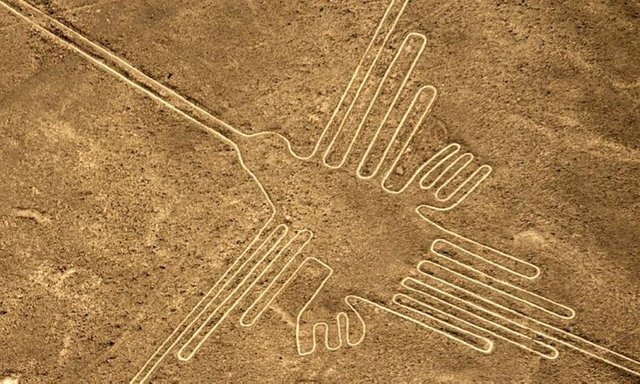
8. Stones of Ica
The Ica stones are an important collection of more than 15,000 stones engraved with clear and detailed dinosaur representations, complex medical surgery and other forms of advanced technology, such as telescopes. Most believe that stones are no more than elaborate deception, while others argue that they are evidence that an ancient race of humans possessing advanced technology coexisted with dinosaurs. They are composed of gray andesite with a semicrystalline matrix of granite, are difficult to carve, but the images are appreciated on their oxidized surfaces. Some of the designs seem to resemble cultures of Paracas, Nazca, Tiwanaku or Inca, while others have a style never seen before.
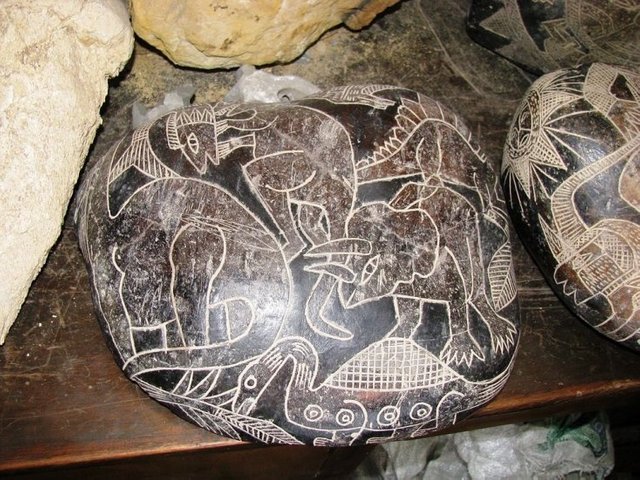
9. Dropped Stones
They are a set of 716 circular stone discs that date back 12,000 years in which small hieroglyphic marks can be found. Each disc is said to be up to 1 ft in diameter and has two grooves, from a hole in its center, in the form of a double spiral. The discovery took place in 1938 in the Baian Kara-Ula Mountains, on the border between China and Tibet, where a Chinese professor, Chi Pu Tei, spotted aligned rows of tombs. The skeletons were only about four feet high and had very large and developed skulls. In nearby caves, Chi Pu Tei and his team found rock art depicting figures with round hooves. Engraved on the rock were also the sun, moon, earth and stars, connected by pea-sized spots. Further in, were the disks, most of them buried in the floor.
